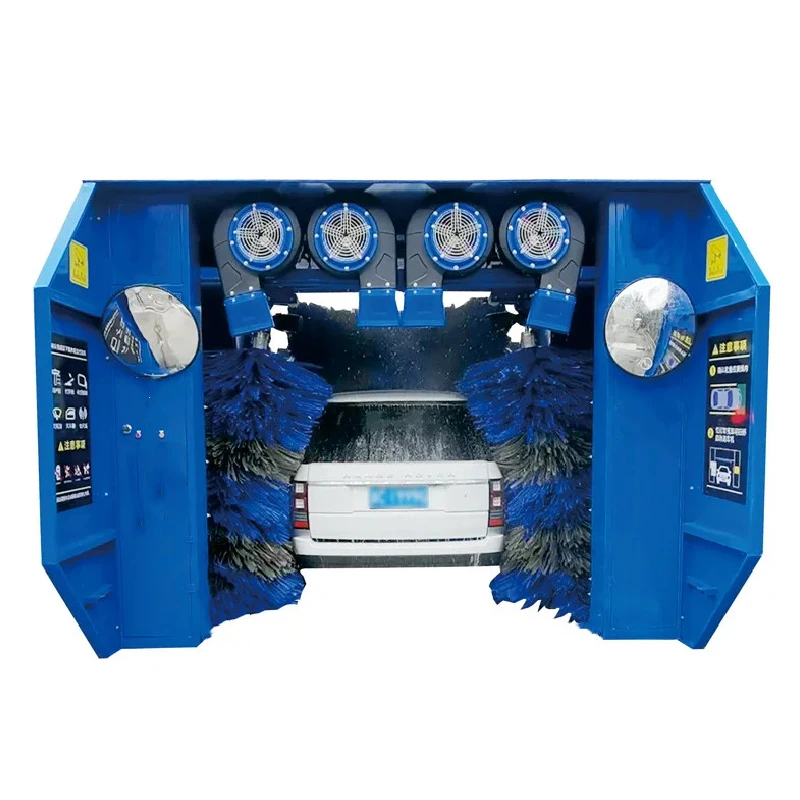
- Afrikaans
- Albanian
- Amharic
- Arabic
- Armenian
- Azerbaijani
- Basque
- Belarusian
- Bengali
- Bosnian
- Bulgarian
- Catalan
- Cebuano
- Corsican
- Croatian
- Czech
- Danish
- Dutch
- English
- Esperanto
- Estonian
- Finnish
- French
- Frisian
- Galician
- Georgian
- German
- Greek
- Gujarati
- Haitian Creole
- hausa
- hawaiian
- Hebrew
- Hindi
- Miao
- Hungarian
- Icelandic
- igbo
- Indonesian
- irish
- Italian
- Japanese
- Javanese
- Kannada
- kazakh
- Khmer
- Rwandese
- Korean
- Kurdish
- Kyrgyz
- Lao
- Latin
- Latvian
- Lithuanian
- Luxembourgish
- Macedonian
- Malgashi
- Malay
- Malayalam
- Maltese
- Maori
- Marathi
- Mongolian
- Myanmar
- Nepali
- Norwegian
- Norwegian
- Occitan
- Pashto
- Persian
- Polish
- Portuguese
- Punjabi
- Romanian
- Russian
- Samoan
- Scottish Gaelic
- Serbian
- Sesotho
- Shona
- Sindhi
- Sinhala
- Slovak
- Slovenian
- Somali
- Spanish
- Sundanese
- Swahili
- Swedish
- Tagalog
- Tajik
- Tamil
- Tatar
- Telugu
- Thai
- Turkish
- Turkmen
- Ukrainian
- Urdu
- Uighur
- Uzbek
- Vietnamese
- Welsh
- Bantu
- Yiddish
- Yoruba
electric pressure washer for cars
The Ultimate Guide to Electric Pressure Washers for Cars
In the world of automotive maintenance, keeping your vehicle clean is just as important as regularly changing the oil or checking the tire pressure. A clean car not only looks good, but it also retains its value and protects the paint from contaminants. One of the most effective tools for washing your car is an electric pressure washer. In this article, we will explore the benefits, features, and tips for choosing and using electric pressure washers specifically for car care.
What is an Electric Pressure Washer?
An electric pressure washer is a cleaning device that utilizes high-pressure water sprays to remove dirt, grime, and stains from various surfaces. Unlike gas-powered washers, electric models are quieter, lighter, and typically easier to use. They are an excellent choice for car washing due to their convenience and efficiency.
Benefits of Using Electric Pressure Washers for Cars
1. Effective Cleaning Power Electric pressure washers deliver water at high pressure, making it easier to remove stubborn dirt, mud, and road grime that accumulate on your vehicle. This level of cleaning can enhance the appearance of your car and prevent damage to the paint over time.
2. Time-Saving Washing your car with a traditional hose and bucket can be time-consuming. An electric pressure washer dramatically reduces the time it takes to clean your vehicle, allowing you to enjoy more time on the road.
3. Water Efficiency Surprisingly, pressure washers usually use less water than traditional washing methods. They are designed to use powerful jets of water, which means you can clean your car quickly while conserving water.
4. User-Friendly Most electric pressure washers are easy to operate. Simply plug them in, connect your hose, and you are ready to go. Their lightweight design also means you won't have to struggle with heavy equipment.
Key Features to Consider
When choosing an electric pressure washer for car washing, consider the following features
1. Pressure Rating For car cleaning, a pressure rating of 1200 to 1900 PSI (pounds per square inch) is generally sufficient. Higher ratings could potentially damage the paint or finish of the vehicle, so it’s essential to select a pressure washer that strikes the right balance.
electric pressure washer for cars

2. Cleaning Solution Compatibility Many electric pressure washers come with detergent tanks or are compatible with cleaning solutions. Using a soap formulated for automotive care can help break down grime more effectively.
3. Nozzle Options Different nozzle types allow you to adjust the water spray for different cleaning tasks. For cars, a broader spray pattern is often recommended to avoid damaging the paint. Look for models that offer adjustable nozzles for versatility.
4. Length of Hose and Cord Ensure that the washer has a long enough hose and power cord to reach around your vehicle without the need for extension cords or moving the unit.
5. Portability Since you’ll be using the washer predominantly for car cleaning, consider the weight and design of the unit. Some models come with wheels and handles for easy maneuverability.
Tips for Using an Electric Pressure Washer on Your Car
1. Pre-Rinse Before using the pressure washer, pre-rinse your car with water to remove loose dirt and debris. This step helps prevent scratches during the washing process.
2. Use Appropriate Pressure Start with a wide-angle nozzle and keep the pressure low when washing your car. Avoid concentrating the spray on one area for too long to protect the paint.
3. Distance Matters Maintain a safe distance (at least 2-3 feet) between the nozzle and the surface of the car. This helps control the pressure and minimizes the risk of damage.
4. Rinse Thoroughly After applying soap and cleaning your vehicle, make sure to rinse thoroughly to remove any soap residue.
5. Dry Properly After washing, dry your car with a microfiber towel to prevent water spots and maintain a brilliant shine.
Conclusion
Investing in an electric pressure washer can transform your car washing experience. It not only saves time and water but also provides a level of cleaning that is hard to achieve with a standard hose and bucket. By considering the right features and following best practices, you can keep your vehicle looking pristine and protect its longevity. Choose wisely, and enjoy the benefits of a clean car!
-
Integrating Aqua Tunnel Car Wash in Shopping CentersNewsJun.24,2025
-
Gas Station with an Auto Car Wash MachineNewsJun.24,2025
-
Efficiency in Your Aqua Tunnel Car Wash: Power & Water-SavingNewsJun.24,2025
-
Car Wash Business with Advanced Auto Car Cleaning MachinesNewsJun.24,2025
-
Balancing Setup Costs with Aqua Tunnel Car WashNewsJun.24,2025
-
Aqua Tunnel Car Wash: Eco-Design for the Energy-Savvy EntrepreneurNewsJun.24,2025



